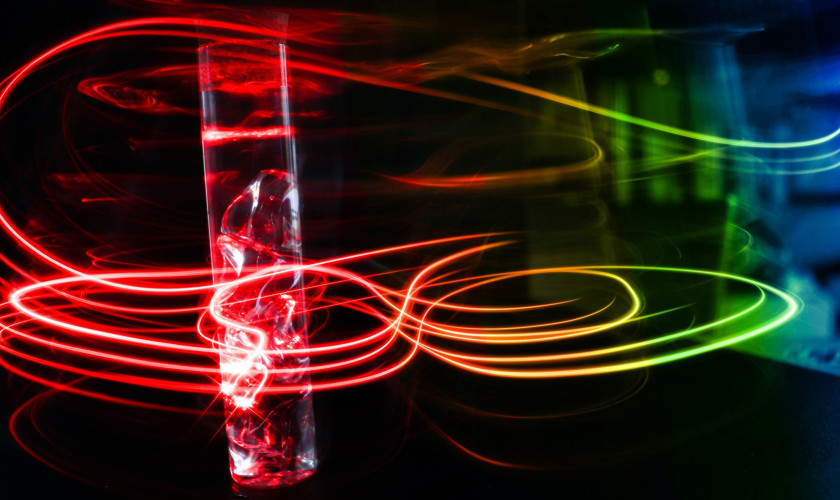In a distant future, quantum computers around the world might be connected via quantum communication channels in a quantum version of the internet. To realize this far-away dream we need several devices that have not yet been realized, such as robust quantum memories, quantum gates, and quantum repeaters. These devices are extremely difficult to make and many scientists have been working on them for years. Our approach uses cavity-enhanced light-matter interaction of single optical emitters in tunable cavities. These experiments will eventually be done at low temperature in an ultra-stable cavity, but we will start at room temperature.
The goal of this project is to investigate whether two-dimensional van der Waals materials can be used to store quantum information. As a first step we will study the optical emission from these materials; van der Waals materials have already shown fluorescence in the visible regime due to defects in the material. As a second step we will place this material in an optical microcavity.
In the first project, which we might or might not have finished by your time of arrival, you will use a confocal microscope to scan the van der Waals material for defects and try to quantify the quality of the emitters. To realize this you will:
- make a thin film of the materials
- build a confocal microscope to find individual emitters and
- relate those emitters to the material properties (like strain in sample).
As a second project, depending on the timing and scientfic progress of the group, you will:
- Place these quantums emitters in an optical microcavity
- Mesure their enhanced interaction strength
- Study their use for future quantum communication experiments.
- The project is available in the Fall and Spring semester.
- Number of placements available: 1 per semester.
Prerequisites
- Minimum GPA 3.4
- Student has almost completed a BSc in Physics.
- Student has sufficient background in optics and quantum mechanics.
Faculty department
Faculty of Science / Leiden Institute of Physics (LION)
The Faculty of Science is a world-class faculty where staff and students work together in a dynamic international environment. It is a faculty where personal and academic development are top priorities. Our people are driven by curiosity to expand fundamental knowledge and to look beyond the borders of their own discipline; their aim is to benefit science and to make a contribution to addressing the major societal challenges of the future.
The research carried out at the Faculty of Science is very diverse, ranging from mathematics, information science, astronomy, physics, chemistry and bio-pharmaceutical sciences to biology and environmental sciences. The research activities are organized in eight institutes. These institutes offer eight bachelor’s and fifteen master’s programs.

